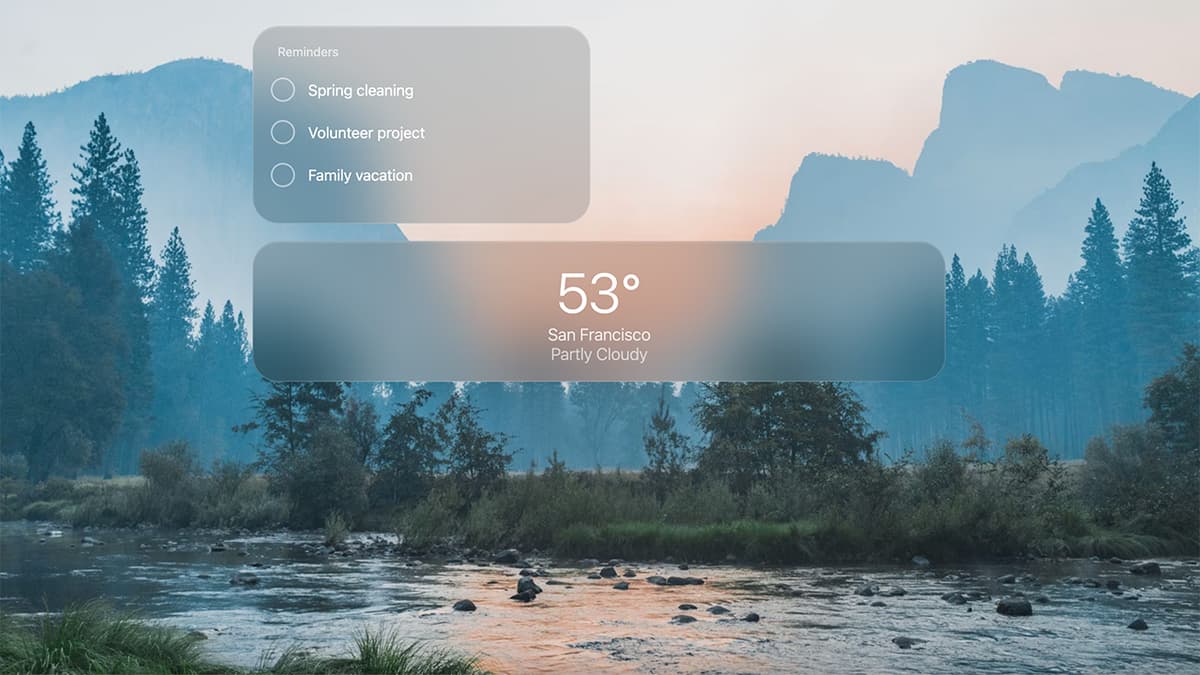How to Effectively Manage State in React Components
Are you aiming to manage state in your React components efficiently? Handling state well can enhance the performance and maintainability of React applications. This article explores various techniques and best practices for managing state in React components clearly.
What is State in React Components?
In React, "state" refers to data that can change over time and affects a component's behavior and appearance. When state changes, React re-renders the component to reflect the new state.
Local Component State
The most common method to manage state in React components is through local component state. The useState hook allows you to initialize state in a component. Here’s a simple example of local state usage in a functional component:
Jsx
In this example, we initialize a state variable called count and a function setCount to update it. Clicking the "Increment" button updates the count and triggers a re-render of the component.
Lift State Up
As your application grows, you may need to share state between several components. In these situations, it is best to "lift state up" to a common ancestor component. This approach simplifies the component hierarchy and makes state management easier. Here is an example:
Jsx
In this case, the ParentComponent holds the message state and passes it to the ChildComponent along with a callback function for updates.
Context API
When you need to share state with components that are not directly related, consider using the Context API. This API allows you to create a central store of state accessible by any component in the tree without prop drilling. Here's an example of using the Context API:
Jsx
In this example, we use createContext to establish a context and provide it using MyProvider. The ChildComponent accesses the context with the useContext hook and updates the state using setValue.
Redux for Global State Management
Redux is a widely used library for managing global state in React applications. While the Context API works for simpler cases, Redux offers a more structured approach for complex state management. Redux employs a unidirectional data flow architecture, simplifying how data changes over time. Here's a basic Redux setup:
Bash
Jsx
Jsx
Jsx
In this example, we define an action to increment the counter, a reducer to update the state, and create a Redux store. The Provider component from react-redux makes the Redux store accessible to the whole application.
Managing state in React components is crucial for developing scalable and maintainable applications. By understanding local state, lifting state up, the Context API, and Redux, you can select the best approach based on your application's complexity and needs.












